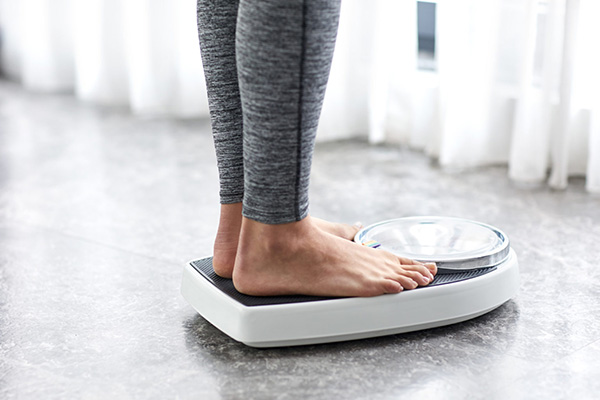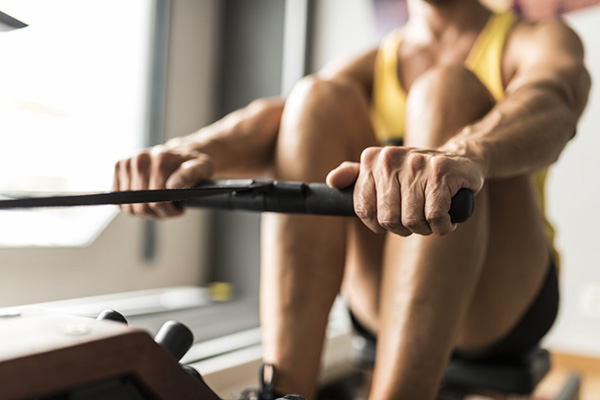How Many Calories Can I Burn Using a Rowing Machine?

Rowing machines offer a full-body, muscle-building, fat-burning workout.
They’re also easier on the joints than running and will definitely help you burn calories, whether you decide to go slow and steady for a longer period of time or hit those intervals hard.
But just how many calories can you burn on a rowing machine? Three key factors are your weight, duration, and intensity.
What Impacts Calories Burned on a Rowing Machine?
These three things can be used to determine calories burned on a rowing machine.
1. Weight

The heavier you are, the harder your body has to work to perform the same job.
And the harder your body has to work, the more calories you’ll burn. So while a 200-pound individual burns 336 calories in 30 minutes of moderate rowing, a 120-pound person burns just 168.
2. Duration

How long you row will play a factor in how many calories you’ll burn. Engage in any exercise longer and you’re bound to burn more calories.
3. Intensity

The intensity with which you exercise is a factor, as well.
If you weigh 150 pounds, rowing moderately hard will burn 239 calories in a half hour, while rowing vigorously will burn more than 50 additional calories.
You may find it tough rowing vigorously, but maximum effort over maximum time will yield maximum burn — or the same burn in less time.
Calories Burned Rowing Charts*
Moderate effort (100 watts) for 1/2 hour:
| Weight | 100 lbs | 125 lbs | 150 lbs | 175 lbs | 200 lbs | 225 lbs | 250 lbs |
| Cals | 159 | 199 | 239 | 279 | 318 | 358 | 398 |
Vigorous effort (150 watts) for 1/2 hour:
| Weight | 100 lbs | 125 lbs | 150 lbs | 175 lbs | 200 lbs | 225 lbs | 250 lbs |
| Cals | 168 | 242 | 290 | 338 | 387 | 435 | 483 |
Very vigorous effort (200 watts) for 1/2 hour:
| Weight | 100 lbs | 125 lbs | 150 lbs | 175 lbs | 200 lbs | 225 lbs | 250 lbs |
| Cals | 273 | 341 | 409 | 478 | 546 | 614 | 682 |
*Calorie values tabulated by running data from the Compendium of Physical Activities through Cornell University’s METs to Calories Calculator.
HIIT vs. Steady-State Rowing

Playing with the dials of duration and intensity will yield different workouts — and different results.
High-intensity interval training (HIIT) boasts many benefits, including an “afterburn effect” that can help you continue burning calories long after you work out.
(Even while you’re in the shower, driving home from the gym, or asleep that night.)
To apply HIIT principles to a rowing workout, you could “sprint” (row as hard as you can) for 30 seconds to a minute, and then row slowly for a minute (or until your heart slows to around 60 percent of maximum).
You would then repeat that cycle for the duration of your workout.
Rowing steadily at moderate intensity can build endurance if you’ve got time for a longer workout.
Using a steady-state approach, you’d row at what you consider a medium pace — about 65 to 75 percent of your maximum heart rate — for the entirety of your workout.
While this range is technically known as the “fat-burning zone” because fat is emphasized more as an energy source while operating within it, there’s actually greater overall fat-burning upside to HIIT once you factor in the aforementioned afterburn effect.
